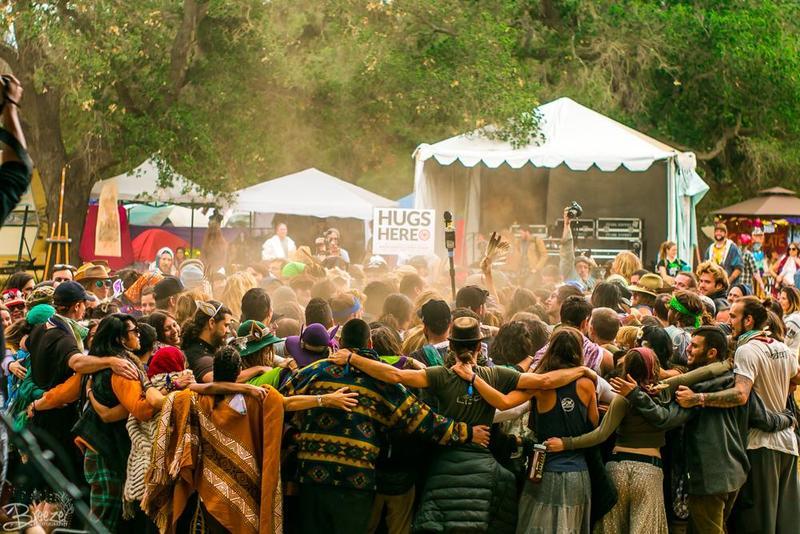Aggregate ceremonies
Aggregate ceremonies
Aggregate ceremonies
Aggregate ceremonies are omnipresent and versatile highlights of all known human societies. They are additionally practically misty, exorbitant, and once in a while hazardous. Social researchers have theorized that aggregate ceremonies produce benefits in the abundance of their expenses by strengthening social holding and gathering fortitude, yet quantitative proof for these guesses is scant. Our new investigation estimated the physiological impacts of an exceptionally stirring Spanish fire-strolling custom, uncovering shared examples in pulse elements among members and related observers. We momentarily depict our outcomes and think about their suggestions.
Aggregate ceremonies are a confounding part of human conduct. They are universal, though, and bring out incredible feelings and responsibilities, yet they are practically dark and need direct settlements. This transformative expense issue is especially obvious among exceptionally upsetting ceremonies, which frequently entice real mischief. Social researchers have since quite a while ago hypothesized that aggregate ceremonies create benefits surpassing their expenses by strengthening social holding and gathering fortitude. Broadly, Emile Durkheim proposed the thought of aggregate bubbling, a sensation of having a place and osmosis created by the aggregate custom activity. However, there is minimal mathematical proof for this conjecture. More, by and large, the systems that drive fortitude impacts stay hazy. Two theories about interceding systems stick out: as per an “organized development” speculation, it is the harmonization of developments that adjusts the intellectual and full of feeling conditions of members, inspiring uplifted fortitude. As per a “sympathetic projection” theory, it is the envisioned reactions of members to central occasions of the custom that adjust their applicable psychological states, with no exacting requirement for arranged engine coordination. While H1 and H2 are viable, and in fact, such impacts may connect, the overall significance of development and compassion for normally happening customs stays an open inquiry.
In a new investigation of a profoundly stirring fire-strolling custom, we evaluated shared examples in pulse elements between fire-walkers and onlookers during the occasion to inspect whether these impacts would be interceded by participating in a similar experience and earlier social association. The investigation was directed in the Spanish town of San Pedro Manrique, where a fire-strolling service happens yearly as a component of the celebration of San Juan. This service is the greatest occasion in the zone, acted in an extraordinarily developed setting with a limit of 3,000 individuals, multiple times the neighbourhood populace. At the peak of the service, a couple of handfuls of local people have their spot at the focal point of the scene, and individually cross a bed of shining coals, conveying a dearest one on their backs. Albeit the custom isn’t unequivocally strict, it conveys colossal significance for local people.
Theorizing that simultaneous excitement would be discernible in certain physiological conditions of ceremonial members, we estimated the pulses of entertainers and observers during the service. Given our theory that compassionate excitement is one component that encourages social holding, we expected to discover divided excitement between fire-walkers just as observers, even though the last simply saw without playing out the key custom activity groupings. We got information from 12 fire-walkers, nine onlookers who were either family members or companions or in any event one fire-walker (“related observers”), and 17 disconnected guests onlookers. Information was investigated for two source ages, the whole 30 minterms of the fire-walk and a 30 min benchmark recorded a couple of hours before the custom, utilizing repeat evaluation examination (RQA) on individual information, and cross-repeat measurement investigation (CRQA) on matched members’ information.
For intra-belongings, repeat plots uncovered worldwide likenesses between fire-walkers and related onlookers, however not random observers. For evaluation, four RQA measures were thought about. Post-hoc investigations uncovered contrasts between fire-walkers and nonrelated onlookers, yet didn’t recognize fire-walkers from related observers (just in dependability, i.e., MAXLine).
Between belongings were explored utilizing CRQA, a bivariate expansion of RQA. The four key measures were thought about utilizing a comparable plan, with relatedness as the between-subjects variable, and the source age as the inside subjects variable. The MANOVA yielded a primary impact of relatedness, a fundamental impact of the custom, and minimal cooperation. Post-hoc tests uncovered no contrasts between the related and insignificantly related sets, yet demonstrated lower imparted elements to the disconnected sets.
Significantly, our information demonstrates that ceremonial impacts are more mind-boggling and unpretentious than proposed by the subjective idea of “aggregate fizz.” Specifically, the investigation uncovered a solid arrangement among the pulses of fire-walkers and related onlookers, indicating a cooperative sympathetic reaction, which works independently of individual movement and experience of fire-strolling. This reaction, notwithstanding, didn’t stretch out to non-related onlookers, showing that examples of excitement are not just determined by the individualistic characteristics of the custom, but at the same time are abstractly, socially, and sincerely interceded because of the exhibitions of others. Strikingly, observers who were identified with at any rate one fire-walker showed shared examples of excitement likewise to fire-walkers they were not firmly identified with. This recommends that the custom broadens a limit of compassionate worry with network-like impacts, from identified with random entertainers.
At last, our information demonstrates that simply noticing a custom might be lacking to deliver aggregate feelings of the sort as well as the degree experienced by the entertainers and their allies. Divided excitement between onlookers was found uniquely among the individuals who recently related to in any event one fire-walker, with levels of sharing anticipated by earlier affiliation, and for those with the most grounded reactions, by cooperation in the focal custom trial.
While no examination would like to clarify more than a little part of something so mind-boggling as an aggregate custom, our examination uncovered degrees of multifaceted nature and refinement inaccessible to subjective ethnography. A long way from being opposing to social human studies, quantitative field tests recommend the possibility for phenomenal force in the discovery of sociocultural signs that stay slippery to traditional procedures.
Be the first to post a message!
